One day I and my 7year old daughter were busy preparing her assignment regarding “How to Save Planet”. We discussed some of the ideas together. Later, this got me thinking about how change starts with action.
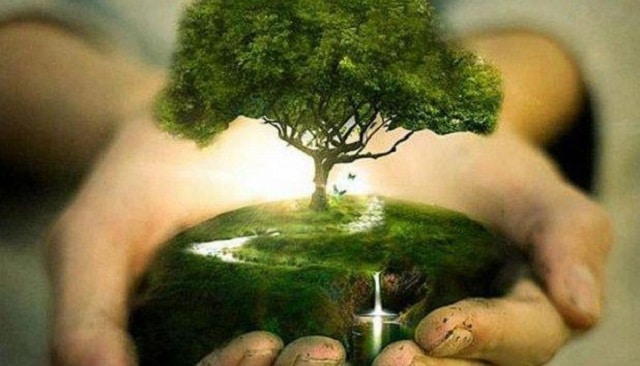
If we are looking to save our planet, and leave a smaller footprint on the earth, we don’t need to join an enormous, time-consuming undertaking. In fact, it is possible, to begin with, a small step, make a few modest steps, and join the larger global efforts to change the world.
Here are a few small steps you can follow to save the planet initiatives:
1. Start Composting – Save Planet
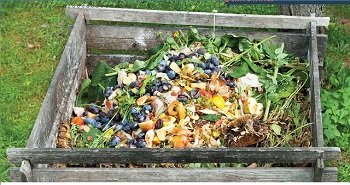
Let’s start taking action from the kitchen itself. Even if you’ve reduced your reliance on food trash, there are plenty of non-food waste items including leftover kitchen waste, coffee grounds used tea leaves vegetable peelings, grass clippings, newspaper shredded stems, dried leaves, and even the stems that you can put in your .
2. Research for Local Waste Management Agency

If you don’t have a proper waste management system in your area, you can do some research and try to contact them. They must have a drop-off or recycling day.
3. Plant Trees on Special Day
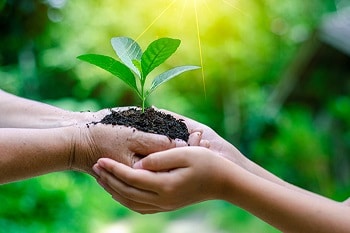
Instead of throwing a lavish party on your special day (birthday, anniversary, or wedding) plant trees on that day.
4. Use of More Clay or Wooden Toys
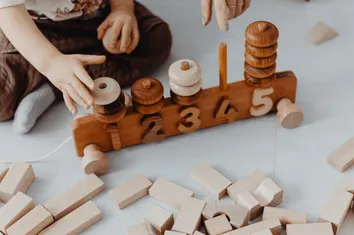
Avoid buying plastic toys for your kids. Instead, encourage them to play with toys made up of clay or wood. This will not only minimize the use of plastic but also helps small-scale business to grow.
5. Prefer Organic Grown – Save Planet
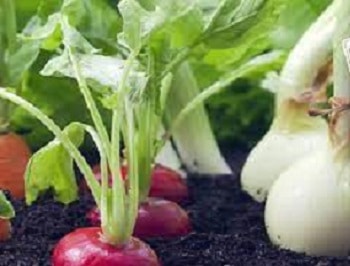
Organically grown crops must adhere to strict guidelines. Pesticides, fertilizer, and hormones as well as soil health and animal raising practices follow the regulations set by the Department of Agriculture. As the result, organically grown crops can help reduce the carbon footprint associated with a food crop.
6. Save Electricity Save Environment

Try to use less electricity as much as possible. Which will, in turn, decrease the load of power generation and fuel. It will also help you increase your savings.
7. Get Ready to Reuse – Save Planet

Yes, we do separate cardboard, plastic, and other recyclable items from our trash. Some families also switched towards reusable bottles of water a few years in the past. However, I began to think about other household items I could recycle instead of throwing in the garbage. Toothbrushes, razor blades, and cardboard packaging were among the ideas that came to my mind. But it is also important to check at your city’s recycling regulations because they are different across the country.
8. Medicines and Pharmaceuticals

Health departments and local health organizations may organize drop-off days for pharmaceuticals or medical items. These will aid us in disposing of expired or inexpensive medicines, ointments and test strips, vitamins, and supplements. These products should not ever be flushed into the drain or poured down the sink, or put away in the garbage.
9. Grow in Your Own Garden
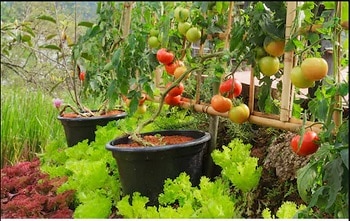
Growing your own garden gives enormous pleasure. Knowledge about different crops and how to take care gives you an opportunity to learn a new skill. Growing your own, ensure that what you’re consuming is seasonal, fresh, and local.
10. Carry your Own Bag

Carry your own bags to the supermarket, the farmers market, the meat market, the pharmacy, or even the home store. Separate the bags for raw meats, veggies, home stationery, medical items, etc. This will help to avoid contamination.
11. Minimize Use of Vehicle – Save Planet
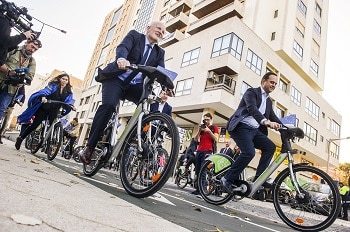
As we all are aware, traveling by motorbikes or cars, produces more air pollution. So, try to minimize the use of vehicles as much as possible. Use a bicycle if travel distance up to 10kms. The use of bicycles is good for health too.
Read Also: CRAZY CART – AN IDEAL TOY CART FOR KIDS BRILLIANT WAYS HANGING SHOE ORGANIZERS CAN ARRANGE, BEAUTIFY YOUR HOME


